How racism is ingrained in U.S. schools
May 2, 2019
As a student in Tallwood High School’s Global Studies and World Languages Academy, I learn about different kinds of people every single day and share the classroom with peers from a multitude of different ethnic heritages. I am lucky to be a part of Tallwood’s diverse community. So, when I attended Inclusive Virginia’s Diversity Dialogue Day at ODU last year representing Governor’s School for the Arts’ Musical Theater Department, reality hit me in the face. Not all students in this country and state are as exposed to different cultures and important conversations.
Racism is still extremely present in schools around Virginia, and students still feel the divide racist sentiments cause. I was so sure going into the conference that we were all just there to celebrate diversity and was naive about the huge problems still at hand. I interviewed students from several cities in Virginia, including Richmond, Suffolk, Chesapeake, and Smithfield to hear their experiences and thoughts on the matter. I also interviewed kids from other schools in Virginia Beach.
Although Tallwood has its fraught moments (i.e. “America Day”), I truly believe our community strives to be culturally aware. In my GSWLA, AP history, and AP English classes, (most notably AP World History, APUSH, and World Literature II) we’ve had discussions about perspectives that most kids don’t get the chance to learn, such as Belgian colonization of the Congo, why Reconstruction failed after the Civil War, Columbus’ destruction of the Tainos, the aftermath of the war in Iraq, and more.
We celebrate culture often, through having Culture Cafes where a group gives a presentation, demonstration, and eats food of a certain culture, attending community cultural festivals like the Cherry Blossom Festival or Fil Fest, and fostering exchanges with other students from around the world.
However, many students are not as fortunate. Many of my friends who go to Governor’s School (Governor’s School takes students from 8+ cities and each one of Virginia Beach’s schools are represented there) and whom I attempt conversation with in regard to these topics are clueless. This is an issue, as learning about the history of race dynamics and culture, as well as origin of conflict, helps students understand their peers. When students aren’t exposed to the atrocities that many minorities have faced, they think it is ok or acceptable to make racist remarks. Additionally, in many cases, racism is a lingering effect of desegregation and the “white flight” that followed.
Smithfield’s history is an example of a small, welcoming, and diverse community, though it has some aspects lingering from racism after the Civil Rights Era. Emily Dempsey, a student from Smithfield, informed me that its elementary school was one of the first integrated schools in the South. “Our town is really diverse and everyone is pretty much accepting of one another because it is so small and we’ve always grown up in the same classrooms.” According to theschoolhousemuseum.org, Smithfield has taken pride in providing education to minorities when other areas didn’t. In 1935, the illiteracy rate for white people was 1% and the illiteracy rate for black people was 1.1%.
Another Governor’s School student from Smithfield, Carolina, recently did a project for her government class on an important social cause, so it’s clear that Smithfield’s students are engaging in dialogue about problems in society. Although an episode of white flight did occur after integration (where white people established a private school), Emily assured me that the town as a whole is tight-knit and inclusive.
Richmond, however, is a different story. According to Jewish, Richmond suburb student Claudia, her city is still reaping the consequences of segregation. Her contribution that her school is “75% white while 5 miles away in the city of Richmond the high school is 85% black” leads me to believe that the city was formed by an episode of white flight, much like Virginia Beach.
She recounts that minority students often feel alone or not accepted at her school. She believed since she was little that slavery was a necessary part of economic success in the South and that the Civil War was about tobacco. She was only recently awoken to the reality of that history, and that discussions about race only started for her this year. Even so, students are still hesitant to talk about those topics because they are taboo in her school’s culture. She resents that she lives in “such a segregated city because [she] only ever hear[s] one side of the story.”
Kellam High School student, Caroline Phillips also says that, since her school is mostly white, she lacks diverse insight on race relations, even though students are open to discussion. She says that topics like civil rights are often awkward because “out of a class of 37 people, 35 are white and only two students are Latino, so there is a lack of perspective when discussing race.”
A Cox student also revealed that she lives almost 30 minutes from Cox, a mostly Caucasian school, and only around 5 from Bayside, which doesn’t have an overwhelming white majority, because she lives in a relatively wealthy, primarily white neighborhood that has been positioned so wealthier, whiter people can attend school together. These students’ views show that there is still an issue in dispersion of races resulting from white flight after segregation ended.
Armon, an Afro-Latino Nansemond River High School student from Suffolk, observes and experiences similarities to the Richmond suburb at his school. His school is somewhat diverse, but students “racially divide themselves”, which he says is quite apparent. He explains that many minority students, himself included, have been punished for various actions where Caucasian students were let off the hook. He often gets stopped in the hall by administrators when white kids are allowed to pass and are not suspected of anything.
He and his friends have experienced racism in the form of jokes and comments, like Claudia, and have been called a plethora of racial slurs. He recalls teachers targeting Middle Eastern, African American, and Hispanic students and detailed an event where a student was even told to remove a cultural headscarf. Students at Nansemond River are more willing to engage in open, serious discussion than teachers are. His anecdotes relate closely to those that I heard at Diversity Dialogue day.
I’ve noticed through listening to my peers’ experiences that racism is less of a problem in schools in which teachers facilitate engaging and enlightening class discussions, and where students are more likely to understand each other. When issues in understanding come up, which is inevitable, it is important how teachers and students handle it.
For instance, an African American student recounts a situation where a Caucasian teacher made her feel uncomfortable and stereotyped. She and some others sat down with the teacher and had a discussion, and the teacher later thanked them for enlightening her about their concerns. This is an example of positive conflict resolution in regards to sensitive, race-related topics.
It is also important that from a young age we talk openly about race and don’t try to shield kids from differences but rather welcome them. This is especially necessary in places where violence is more prevalent, since children learn from their surroundings so easily. At Diversity Dialogue day a speaker gave the example of the “one of these things is not like the other” scenario that preschoolers are taught. She said that students are shown a picture of three circles and one triangle and are taught to pick out the “different” shape. A student asked her: “How would you answer the question?” She said “I’d say all of them are shapes.” “Different” also has a negative connotation, which students need to reform among ourselves.
AJ Reo from Chesapeake exclaims, “Racism will continue to weaken our communities all over the world forever unless we start to teach the children at a young age about love, peace, and loving each other, so they can grow up… and if challenged by another person later in life that dislikes a person because of their skin color, [they] can defend what’s right.”
Peace starts in the education system, which is an underestimated and crucial part of teaching people how to interact with each other. We also need to press our representatives to re-position districts so that one whole race isn’t grouped together and so that students are ensured a diversity of insight. This way, they can teach each other and learn together.
Critics could preach “survival of the fittest” and that the less privileged should rise up out of their situation. This is not a realistic concept because, in this situation, students’ hurdles are not self-imposed; in reality, it’s “survival of the enfranchised.” When students don’t have equal opportunity, it’s extremely difficult to rise up because they often have to go far out of their way to get a well-rounded education. They can rise up when the education system is diversified and kids are treated equally.
Although the seeds of racism are long rooted in this state and this country, we can improve relations within the next generation if we train teachers and have open dialogue between administrators and pupils about how to make school a safe, inclusive, and free learning environment.

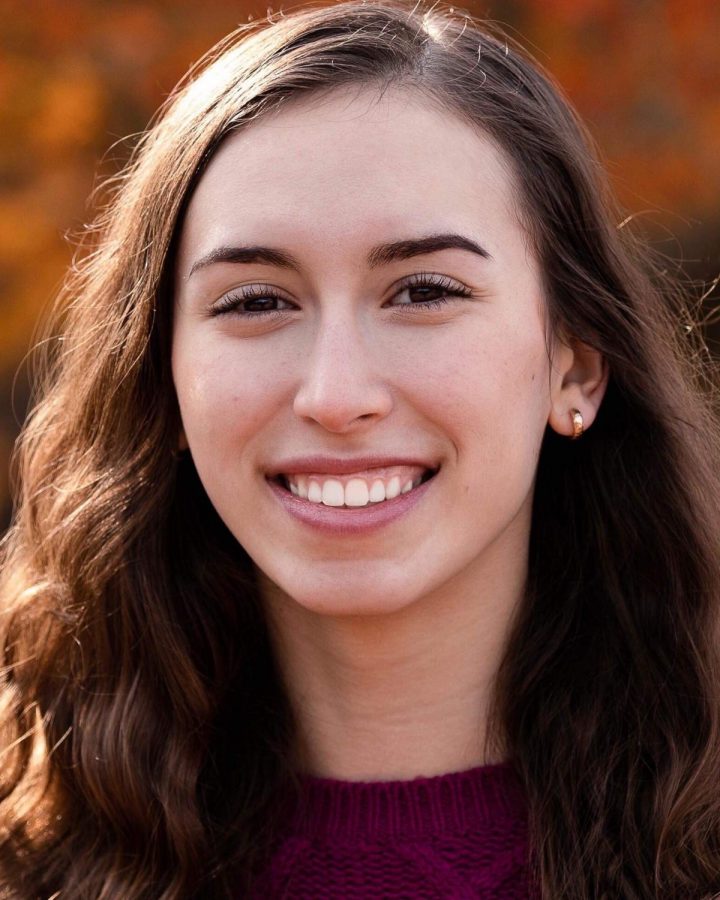
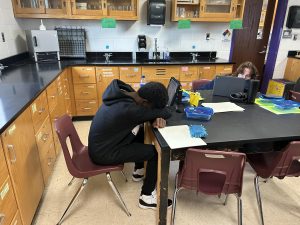
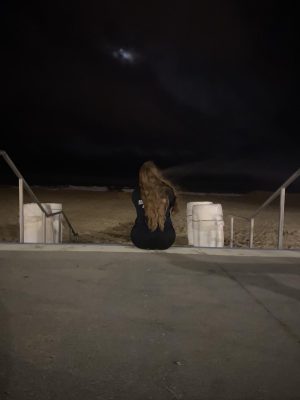
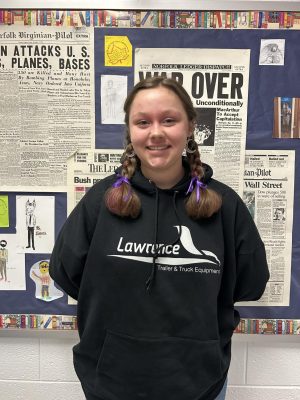
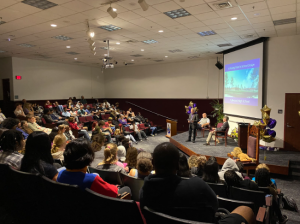
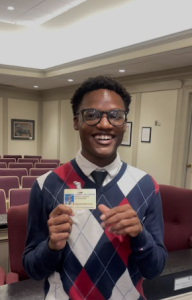

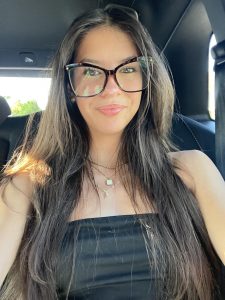


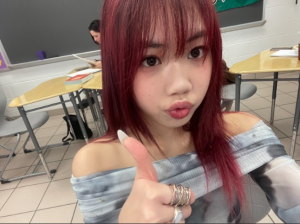
Jessica Windish • May 10, 2019 at 11:52 pm
Excellent! Great job Emily! Let’s keep the conversations going!
Lynn Brazie • May 7, 2019 at 9:20 am
Emily – what an excellent article! Your research was outstanding. Thank you for taking the time to write this. If everyone would truly embrace “love your neighbor as yourself” then “what a wonderful world it would be”!
William Calhoun • May 7, 2019 at 9:07 am
One of the best, open and honest articles I have read in a awhile. It should go to the local newspapers for publishing.